ARM/ELBOW PAIN
Understanding Elbow and Arm Pain: Causes, Symptoms, and Treatment Options
Elbow and arm pain can disrupt daily activities and significantly impact your quality of life. Whether you're experiencing a dull ache, sharp pain, or stiffness, understanding the underlying causes and effective treatments can help you manage and alleviate your discomfort. This comprehensive guide will walk you through the signs of elbow and arm pain, its causes, how to determine the severity, and the role of physical and occupational therapy in your recovery.
What Are the Signs of an Elbow/Arm Problem?
Elbow and arm pain can present in various ways, and recognizing these signs is crucial for timely intervention:
Pain or Tenderness: Persistent or acute pain localized around the elbow or throughout the arm.
Swelling or Inflammation: Noticeable puffiness or warmth around the elbow joint.
Stiffness: Difficulty bending or straightening the arm fully.
Weakness: Reduced strength in the arm, making it challenging to lift or hold objects.
Difficulty with Grip: Problems with grasping or pinching due to discomfort or weakness.
Bruising or Redness: Visible discoloration or redness around the elbow area.
Clicking or Popping: Unusual sounds or sensations when moving the elbow joint.
What Causes Your Elbows/Arms to Ache?
Several factors can contribute to elbow and arm pain, ranging from acute injuries to chronic conditions:
Repetitive Strain Injuries: Conditions like tennis elbow (lateral epicondylitis) and golfer's elbow (medial epicondylitis) are often caused by repetitive motions or overuse of the arm.
Trauma or Injury: Falls, accidents, or direct impacts can result in fractures, sprains, or strains.
Bursitis: Inflammation of the bursa, a small fluid-filled sac that cushions the elbow joint, leading to pain and swelling.
Tendinitis: Inflammation of the tendons around the elbow due to overuse or sudden movements.
Arthritis: Conditions such as osteoarthritis or rheumatoid arthritis can cause joint pain and stiffness.
Nerve Compression: Conditions like cubital tunnel syndrome or carpal tunnel syndrome can lead to pain and tingling in the arm.
How Do You Know If That Pain Is Serious?
While minor aches and pains might resolve with rest, certain symptoms indicate a more serious issue that requires professional evaluation:
Severe or Persistent Pain: Pain that does not improve with rest or worsens over time.
Loss of Function: Significant difficulty in moving the arm or elbow, especially if it affects your ability to perform daily tasks.
Numbness or Tingling: Persistent sensations of numbness or tingling that could suggest nerve involvement.
Deformity or Severe Swelling: Noticeable changes in the shape of the elbow or excessive swelling that might indicate a fracture or severe injury.
Accompanying Symptoms: Symptoms such as fever, chills, or sudden weight loss, which could signal an underlying infection or systemic issue.
What Are the Treatment Options Available?
Effective treatment for elbow and arm pain depends on the underlying cause and severity of the condition. Common approaches include:
Rest and Ice: Initial treatment often involves resting the affected area and applying ice to reduce swelling and pain.
Medications: Over-the-counter pain relievers or anti-inflammatory drugs can help manage symptoms.
Bracing or Splinting: Supports to immobilize the elbow or arm and provide relief from strain.
Injections: Corticosteroid injections may be used to reduce inflammation in certain conditions.
Surgery: In severe cases, surgical intervention may be necessary to repair damaged tissues or address structural issues.
The Role of Physical and Occupational Therapy
Both physical and occupational therapy play vital roles in the rehabilitation process for elbow and arm pain, each focusing on different aspects of recovery:
Physical Therapy
Pain Management: Physical therapists use modalities such as heat, cold, ultrasound, and electrical stimulation to alleviate pain and reduce inflammation.
Strengthening Exercises: Customized exercise programs to strengthen the muscles around the elbow and arm, enhancing stability and function.
Range of Motion Exercises: Stretching and flexibility exercises to improve movement and reduce stiffness.
Manual Therapy: Hands-on techniques to address soft tissue restrictions, improve joint mobility, and enhance overall function.
Occupational Therapy
Functional Assessments: Occupational therapists evaluate how the pain affects your daily activities and work tasks, providing strategies to manage these challenges.
Adaptive Techniques: Training in the use of assistive devices or modifications to perform tasks more comfortably and efficiently.
Ergonomic Adjustments: Guidance on adjusting your workspace or daily routines to prevent further strain and promote proper body mechanics.
Activity Modification: Strategies to modify activities or use tools that reduce stress on the elbow and arm, allowing you to continue your daily activities with less discomfort.
Why Choose Empower Rehab for Your Elbow and Arm Pain?
At Empower Rehab, we stand out by offering both physical and occupational therapy under one roof, providing a comprehensive approach to managing elbow and arm pain. Our integrated team of experts works collaboratively to address all aspects of your condition, from pain relief and functional recovery to adapting daily activities and improving ergonomics. This holistic approach ensures that every facet of your rehabilitation is covered, leading to more effective and personalized care.
By combining physical therapy's strength and mobility focus with occupational therapy's functional and adaptive strategies, we empower you to return to your daily life with greater ease and confidence. Let us guide you through a complete recovery journey tailored specifically to your needs.
Scheduling an appointment is easy, convenient and flexible. We’ll schedule you fast, sometimes the same or next day. We do our best to schedule you within 24 to 48 hours of requesting your first appointment.

